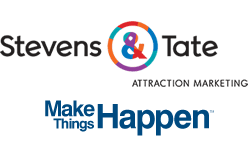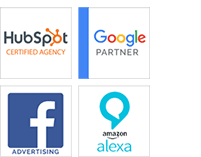In the current digital era, the revolutionary impact of AI technology on marketing strategies cannot be underestimated. Utilizing artificial intelligence, you can now automate various marketing tasks, obtain valuable insights, and enhance your strategy to achieve remarkable outcomes. And the good news is that a wide array of AI marketing tools exist, empowering businesses to streamline their endeavors and attain resounding success. In this piece, we shall delve into 10 exceptional AI marketing tools for optimizing your marketing strategy:
Jasper is an innovative AI marketing tool that revolutionizes the way marketers analyze customer data and optimize their marketing campaigns. Equipped with advanced machine learning algorithms, Jasper empowers you to better understand your target audience and deploy personalized recommendations that elevate your marketing strategies.
A notable advantage of Jasper lies in its ability to examine extensive customer data and discern valuable patterns and trends. Harnessing the power of AI, Jasper seamlessly processes data from diverse origins, encompassing customer behavior, demographics, purchase history, and engagement metrics. This comprehensive evaluation empowers you to delve into the intricacies of your audience, unveiling hidden insights and identifying pivotal drivers that shape customer behavior.
Crafting compelling and effective ad copy can be a challenging task. This is where Anyword comes in. Anyword utilizes natural language processing (NLP) and AI to generate high-performing ad copy. By analyzing vast amounts of data, including successful ads and user behavior, Anyword can suggest the most effective words, phrases, and even emojis to include in your ad copy. This tool helps you save time and improve your ad campaign performance.
Moreover, Anyword goes beyond mere word suggestions and offers comprehensive optimization capabilities. The AI algorithms of Anyword analyze the structure, tone, and style of your ad copy, providing actionable feedback to enhance its effectiveness. Whether it’s improving the clarity of the message, enhancing the call-to-action, or adjusting the emotional appeal, Anyword guides you in optimizing your ad copy for maximum impact.
SEMrush is a popular AI-driven marketing tool that offers a wide range of features to enhance your digital marketing efforts. From keyword research and competitor analysis to content optimization and tracking campaign performance, SEMrush provides valuable insights and actionable recommendations. By leveraging AI algorithms, SEMrush helps you identify new opportunities, optimize your content for search engines, and stay ahead of the competition.
Another notable feature of SEMrush is its social media management capabilities. With AI-powered social media tools, SEMrush allows you to schedule posts, analyze engagement metrics, and monitor social media performance. Moreover, it provides invaluable information regarding expanding your follower base, engagement rates, and social media outreach. This aids in understanding the influence of your social media endeavors and enables informed decision-making based on data to refine your social media strategies.
Enhancing your site’s visibility through organic traffic is paramount, making search engine optimization (SEO) indispensable. SurferSEO, an advanced AI marketing tool, conducts a meticulous analysis of your website’s content, offering valuable suggestions to optimize it for improved rankings in search engine results. Taking into account crucial elements like keyword usage, content length, and readability, SurferSEO assists you in crafting SEO-optimized content that effectively resonates with search engines as well as users.
Furthermore, SurferSEO’s AI capabilities extend to analyzing backlink profiles and providing recommendations for link building. Backlinks play a crucial role in search engine rankings, and SurferSEO helps you identify high-quality backlinkopportunities based on AI-driven analysis. This enables you to develop effective link-building strategies and improve your website’s authority and visibility in search results.
Clear and concise writing is essential for effective communication. Hemingway App is an AI writing assistant that helps marketers improve the readability and clarity of their content. By analyzing text and highlighting complex sentences, passive voice, and excessive adverbs, Hemingway App enables you to create engaging and easily understandable content. This tool is particularly useful for optimizing blog posts, articles, and social media copy.
Additionally, Hemingway App offers a distraction-free writing environment, allowing you to focus solely on your content without unnecessary distractions. The clean and minimalist interface promotes concentration and productivity, enabling you to produce high-quality content efficiently. With Hemingway App, you can enhance your communication efforts, effectively connect with your target audience, and drive better engagement and conversion rates.
Maintaining the credibility of your marketing materials necessitates meticulous attention to grammar and spelling accuracy. Enter Grammarly, a writing tool fueled by AI, which promptly identifies and rectifies grammatical, spelling, and punctuation errors in real time. With its browser extension and web editor, Grammarly assists you in creating error-free content across various platforms. Whether you’re writing emails, social media posts, or blog articles, Grammarly ensures your content is polished and professional.
Another noteworthy feature of Grammarly is its plagiarism checker. Plagiarism is a serious concern in the marketing industry, and Grammarly helps you ensure the originality of your content. The tool scans the text against a vast database of web pages and other sources to detect any instances of copied or duplicated content. This feature allows you to maintain credibility, avoid legal issues, and produce unique and authentic content.
User experience plays a crucial role in retaining customers and driving conversions. Algolia is an AI-powered search and discovery tool that enhances the search functionality of your website or application. By leveraging machine learning, Algolia delivers fast and relevant search results, personalized recommendations, and advanced filtering options. This helps marketers provide a seamless and intuitive user experience, increasing customer engagement and satisfaction.
In the era of social media, monitoring your brand’s reputation and tracking relevant conversations is vital. Brand 24 is an AI-based social listening tool designed for marketers. It enables the monitoring of mentions, tracking of sentiment, and analysis of brand reach across social media platforms. Leveraging AI algorithms, Brand 24 provides valuable insights into customer opinions and helps identify influencers. Additionally, it facilitates effective online reputation management for your brand.
In recent times, influencer marketing has emerged as a pivotal component within numerous marketing strategies. Enter Influencity, an AI-driven platform offering marketers invaluable assistance in identifying and establishing connections with relevant influencers. Influencity empowers you to discover the ideal influencers for your brand, guaranteeing maximum impact and return on investment (ROI) for your influencer marketing endeavors.
By streamlining influencer discovery, providing insightful analytics, automating campaign management, and prioritizing authenticity, Influencity optimizes the influencer marketing journey while enhancing the efficacy of your campaigns.
Manually generating and distributing content often takes plenty of time and resources. ScaleNut helps streamline the process by automating the creation and distribution of content. Also, ScaleNut enables you to generate high-quality articles, blog posts, and social media content much faster. It also assists you in optimizing your content distribution strategy across multiple channels.
Bottom Line
AI marketing tools have revolutionized the way businesses approach marketing. These tools, from personalizing recommendations to optimizing content and automating tasks, empower marketers. They enable them to enhance their strategies and drive better results. By harnessing the power of artificial intelligence, you can streamline your marketing efforts, save time, and make data-driven decisions for maximum impact. Consider integrating these 10 AI marketing tools into your strategy to take your marketing efforts to new heights.









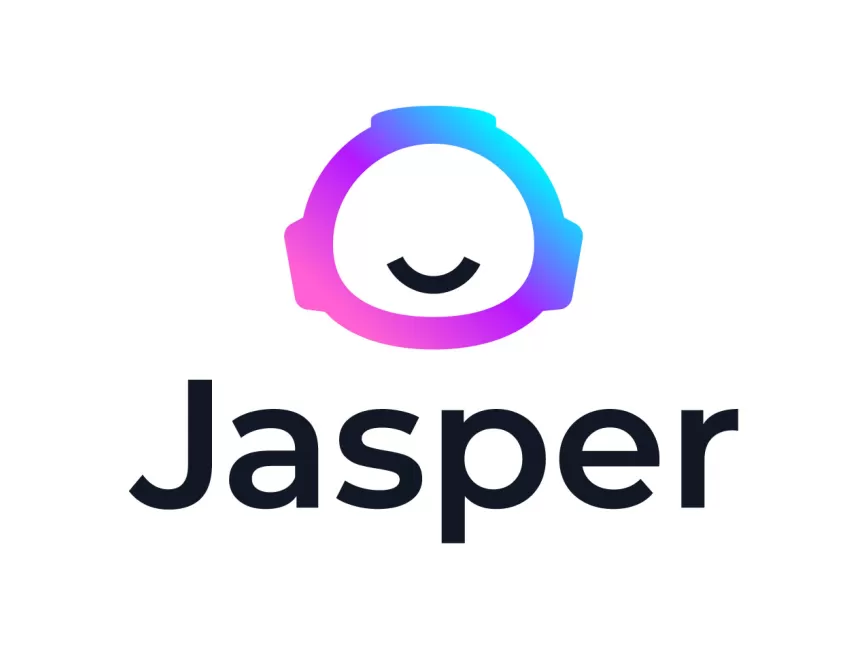

 4.
4.  9.
9.  10.
10. 
 You’re not going to be able to optimize your marketing efforts if you’re unable to identify existing issues and challenges facing your marketing process. Collect and
You’re not going to be able to optimize your marketing efforts if you’re unable to identify existing issues and challenges facing your marketing process. Collect and 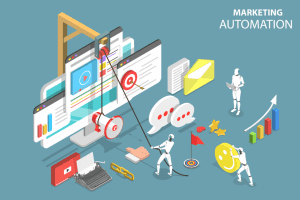




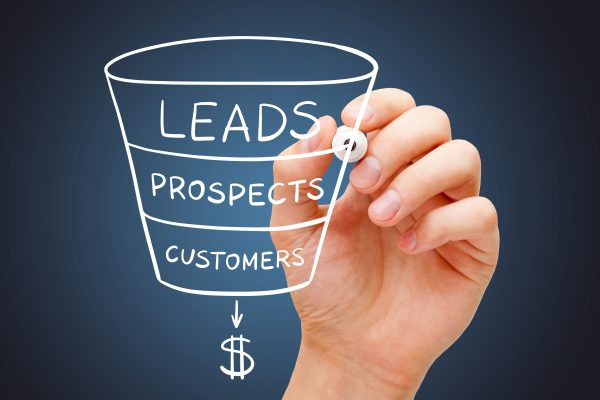





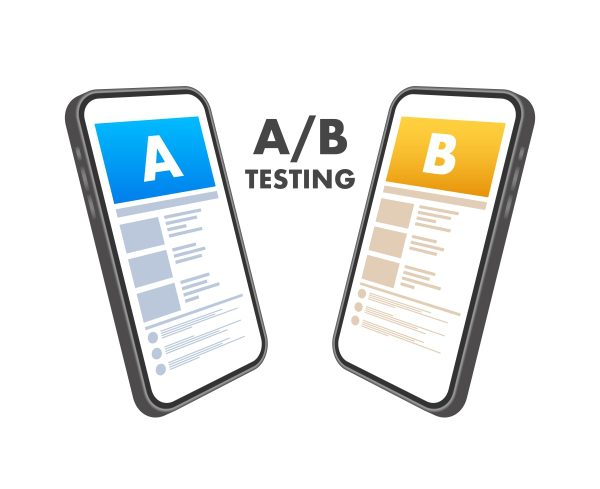





 by creating more location-based content or even by opening a store in that location.
by creating more location-based content or even by opening a store in that location.
